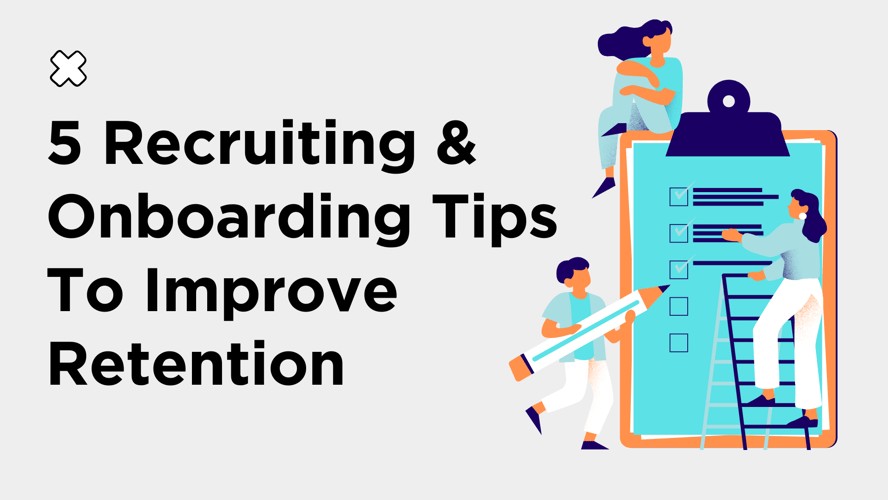What would you do if your business had to close overnight?
If your pay was cut by a third?
With the spread of the COVID-19 pandemic across early 2020, this situation is the unfortunate reality for many people around the globe. While primarily a health crisis, the flow-on economic effects have proven to be just as concerning.
Times are tough, and hard decisions need to be made by many businesses. We must keep a level head and attempt not to overreact, or underreact. There is a fine line between insulating a company as much as possible by slashing costs and shutting down processes and retaining key talent or resources to not only weather the storm but emerge victoriously.
Instead of viewing the situation (or similar) as a total disaster, consider framing it as an opportunity to ‘expose’ and improve inefficient or ineffective business processes. Perhaps you’ll end up in a stronger position than ever before.
This attitude propagates from management and how the ship is steered. Employees care about their survival and personal well-being, so building a culture that not only reassures them (where possible) but motivates them is essential to getting the most out of your teams during difficult times.
The very best leaders know how to get the most out of their resources, whether it’s technology, people or strategic principles. Here are four lessons we can all learn from to help your business navigate painful periods, such as the current coronavirus pandemic.
4 Lessons in Effective Leadership
1 – Don’t Overcorrect

Sometimes getting out of the way and allowing a hands-off approach may be the smartest move. Companies risk jumping straight into a micro-management mindset which is rarely ever a helpful or efficient strategy to cope with mayhem.
“It’s about the people – getting the best people, retaining them, nurturing a creative environment and helping to find a way to innovate.” Marissa Mayer, former Yahoo CEO.
This mindset still applied, perhaps more than ever, during disrupted periods. While guidance remains essential, employee innovation and freedom so originate solutions is a crucial driver of company success.
Consider flexible, remote working or working from home (WFH) requirements. Managers are not physically there to manage staff as they would be in the office. What does a creative environment and innovation look like in this situation? Staff have to be empowered to do work in a way that suits them and their circumstances. Implementing daily check-ins and utilising technology such as Zoom to facilitate digital meetings can be useful tools to maximise employee engagement and output while ensuring necessary flexibility.
2 – Treat Employees as Individuals, Not a Number

Yes, the business might be struggling. For your employees, the success of the company, and the security of their jobs is their livelihood. Loyalty is a two-way street. You can’t expect your employees to engage and give their best work when they’re worried about whether they’ll be able to afford their next mortgage payment or pay for their child’s schooling.
Disengaged employees are incredibly detrimental to a company’s economic output,
“Engaged employees outperform their disengaged peers. Overall, companies with high employee engagement are 21% more profitable than those with low engagement.“
They may prove to be the downfall of a business during painful periods. A company may plan on cutting their lowest-performing staff. What happens when a top performer becomes so disengaged by lack of effort and reassurance from management? They’ll be challenging to get back on board down the track.
3 – Consider an Agile Feedback Approach

A lack of constant and timely feedback keeps employees lazy. Even if it’s not good news, give fair and appropriate feedback as soon as possible. Statistics collected by Officevibe found that “82% of employees appreciate positive and negative feedback,”
and that,
“43% of highly engaged employees receive feedback at least once a week as opposed to 18% of low engagement employees.”
So what’s the takeaway?
Employees want to know how they’re really doing, now more than ever. They want to know if their job is on the line and what they can do to improve. Give them timely targets and valuable feedback and reap the rewards of a more engaged and active workforce, powering your company through the murky waters that lie ahead.
4 – EVP, EVP, EVP!

What is your employer value proposition?
Do you know what an EVP even is?
An employer value proposition is born from the requirement to focus on the employee’s needs, to attract talent to an organisation. In academic terms, an EVP is an emotional contract between an employer and an employee over what represents a great working environment. Whether that be a fair remuneration and reward for working there, or what it feels like to do so.
Articulate your organisation’s purpose and goals. Everyone needs to be on board, from the janitor to the CEO.
What drives the company?
Answer that question and an organisation will be well on their way to weathering the storm and emerging more robust than ever.
You can read our in-depth blog post about the importance of having an EVP here.
What Leadership Takeaways Have We Learnt?
There’s no hard and fast answer to effective leadership. Each business is different, has varying values and staff demographics. What is certain is that adaptability and resilience are traits that can be enhanced by effective management techniques. At the end of the day, company’s are effectively a collection of people working together as a team.
Teamwork makes the dream work!
Take your company’s HR tasks to the next level with Martian Logic – try it for free today.





Blog comments